More Indian tourists want to visit Phuket but limited airport slots make it impossible
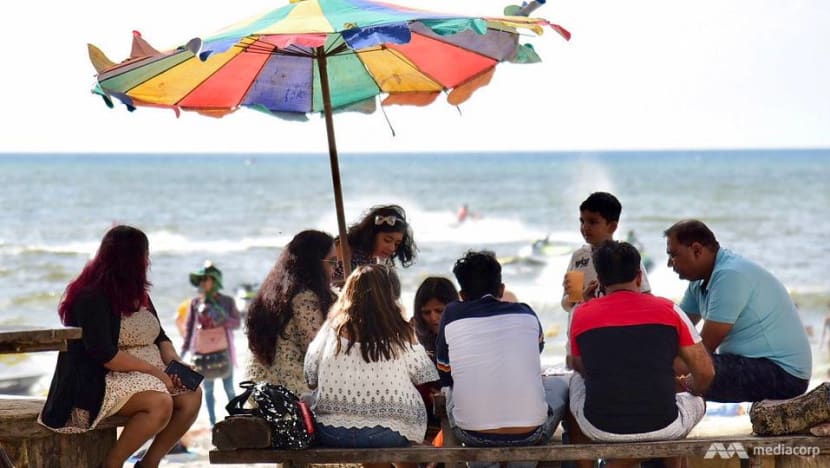
A group of Indian tourists sit at a table on Phuket's popular Patong beach. (Photo: Pichayada Promchertchoo)
PHUKET, Thailand: For many Indian tourists, the popular resort island of Phuket has recently become more attractive than ever before. Within four to five hours, they can now fly to the ‘Pearl of the Andaman Sea’ directly from India, without a stopover in the capital Bangkok or other countries such as Singapore or Malaysia.
Since October last year, Indian low-cost air carriers have operated direct flights between Phuket and three major cities - New Delhi, Mumbai and Bangalore. The result is a big jump in the number of Indian visitors to the popular Thai province - from about 61,000 in 2017 to more than 236,000 in the first nine months of 2019.
Key players in Thailand’s tourism industry expect the number to keep surging even further as Indian airlines have expressed interest in adding more direct flights between Phuket and other Indian cities. But despite the growing demand, the island’s single-runway airport can only accommodate a limited number of direct flights between India and Phuket.
“The Indian market is growing very fast and direct flights have had a big impact. They make it easy for people to travel. Travellers don’t want a stopover nowadays. But the problem is the limited airport slots in Phuket,” said president of the Phuket Tourism Association Bhummikitti Ruktaengam.
Currently, 33 flights are operated weekly by Indigo and the fourth fastest-growing airline in the world, Go Air.
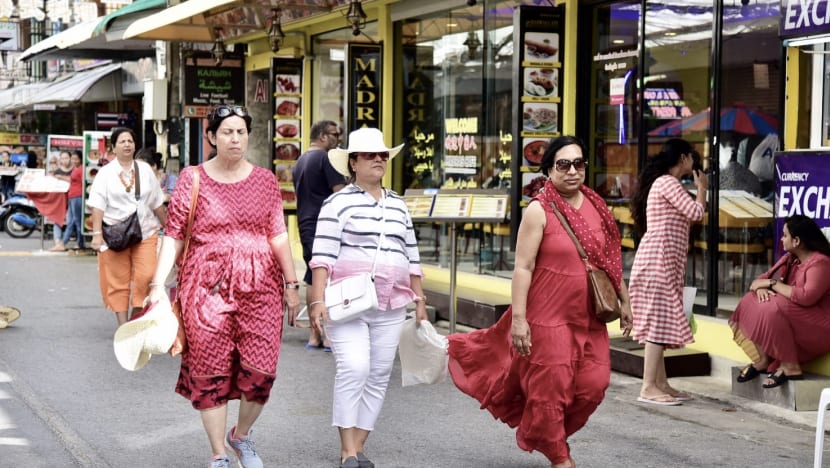
For local business operators, the limited airport slots pose a looming challenge that could damage a vulnerable economy that has suffered from a recent drop in Chinese tourists, following a boat tragedy that killed 47 Chinese last year.
A significant increase in Indian visitors to the resort island has been visible since 2018 when the Thai government introduced a temporary visa-on-arrival fee exemption scheme for Indian tourists.
With a loss in income from the Chinese exodus, business operators in Phuket have welcomed the new Indian wave with open arms.
“So many new Indian restaurants have opened and more are opening, also Bollywood bars and clubs,” said Divan Mydeen, who owns three restaurants in the popular Patong beach area.
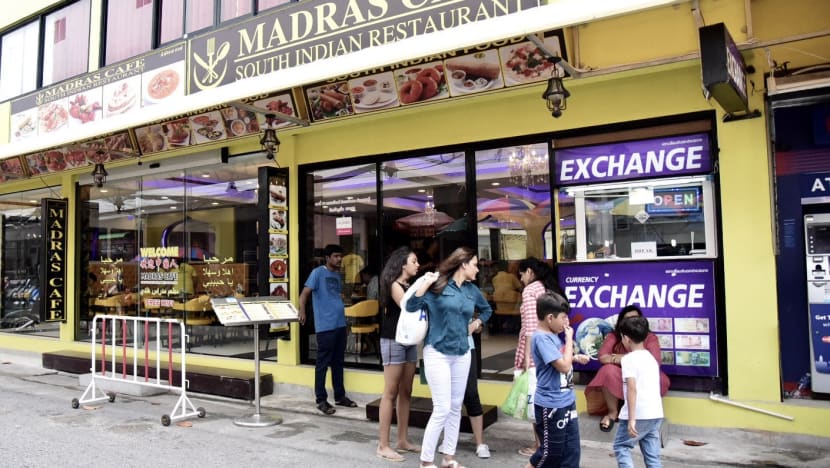
Compared to a couple of years ago, Patong now offers more services catering to the growing Indian market - from Bollywood clubs and bars to Indian restaurants. Tourists - Indian or otherwise - often come to entertainment venues in Patong, where they can dance to Hindi music or see Indian belly dance shows.
“Direct flights from India help our restaurant but the competition is also fierce,” said Sudarat Panmeesee from Kohinoor Indian Restaurant in Patong.
There are many Indian restaurants these days and they slash their prices to attract customers. In Patong alone, we have at least 15 Indian eateries, up from five places a few years ago. We have many competitors.
One of them is Mydeen’s Madras Cafe, which welcomes about 1,000 customers a day. The business has recently opened its third branch near Patong beach as the number of Indian visitors continue to surge.
“It’s dramatically increasing,” Mydeen told CNA. “The number of our customers has increased by 30 to 40 per cent after the visa fee exemption.”
AFTER CHINESE EXODUS COME INDIAN WAVES
The rapid emergence of Indian tourists in Phuket came at the right time. Since last year, a dramatic change has swept over the southern island.
On Jul 5, 2018, Phoenix PC Diving - a tourist boat carrying 89 tourists and 12 crew members - capsized in a raging storm before sinking off Phuket, along with 47 victims trapped inside. They included parents, children and elderly travellers - all tourists from China. It was one of the worst maritime disasters in Thai history, and its consequences have been far-reaching.
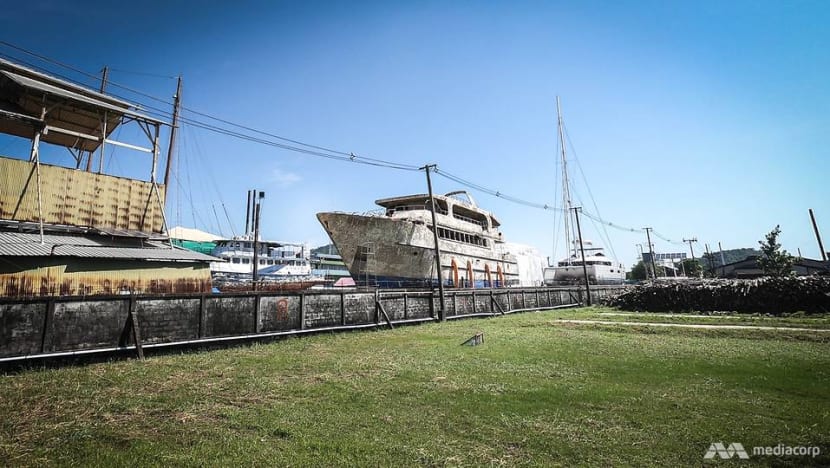
China may still remain the biggest source of visitors in Phuket but a large number of them have opted for other overseas destinations such as Myanmar, Cambodia and Vietnam. In the first half of 2019, data from the Phuket Immigration Office showed a drop in Chinese tourists by more than 20 per cent from the same period last year.
“The Chinese market in Phuket is changing from big tour groups to frequent individual travellers - FITs - and that’s very good. Still, the FIT number has yet to compensate for the missing tour groups,” Bhummikitti told CNA.
“So we evaluated new replacement markets, which must be close enough to Thailand, about four to five hours’ flight maximum. One of them is Vietnam and the other is India,” he added. “Go Air is very active and wants to open direct routes in more cities.”
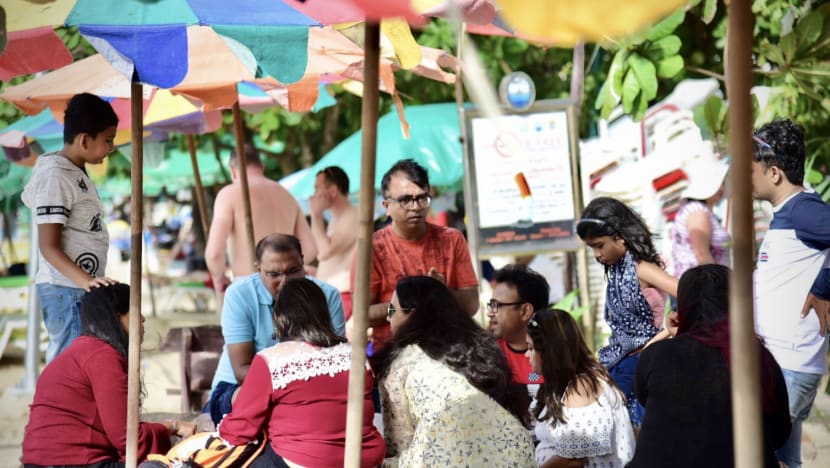
Despite the limitations, the Indian market has grown exponentially over the past year. In 2017, the Phuket Immigration Office recorded 60,984 Indian visitors to the province. The number went up to 95,207 in 2018.
Between January and September this year, the number of visitors from India surged to 236,321. The number is expected to reach 300,000 by the end of December, according to the Phuket Tourism Association.
“It’s still an early stage for the Indian market. They are still exploring Phuket. Overall, we believe they’ll help improve the local economy. Some may have spending concerns but for the luxury group, it’s limitless,” Bhummikitti said.
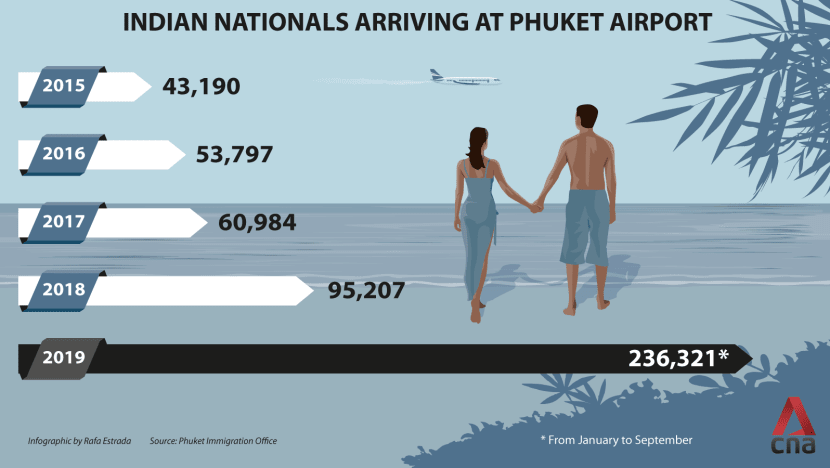
Still, local tourism operators are worried. If no more airport slots are given to India soon, Phuket’s economy could miss an opportunity to grow substantially and recover from the missing Chinese tour groups.
“The airline industry has their own way of thinking, whether it’d be the load factor, cargo revenue and what not. We understand that but then again, the faster people can fly here, the better,” Bhummikitti said.
‘EVERYBODY LOVES THAILAND’
In Phuket’s old town, it has become increasingly common to see Indian families stroll along its colourful streets, browsing clothes, bags and souvenirs at Sino-Portugese shophouses that date back more than a century. Their growing presence is more than welcomed by shop owners and food sellers as it means more income.
“Indian tourists often visit my souvenir shop. They like Ganesh statues. At weekends, I welcome about 200 Indian customers,” said Piriya Shinnawong from one of the souvenir shops in the old town.
For many Indian tourists, Phuket is a new destination they can explore.
“We’ve been to Thailand before but our parents haven’t been to Phuket. So we got them here this time,” said 40-year-old tourist Tanu Jain from New Delhi.
“Everybody loves Thailand. It’s close, easy to access and it’s a fun place. We like the vibe of the place. It used to be challenging to find vegetarian food here but not so much now. There are ample Indian options available these days,” she added.
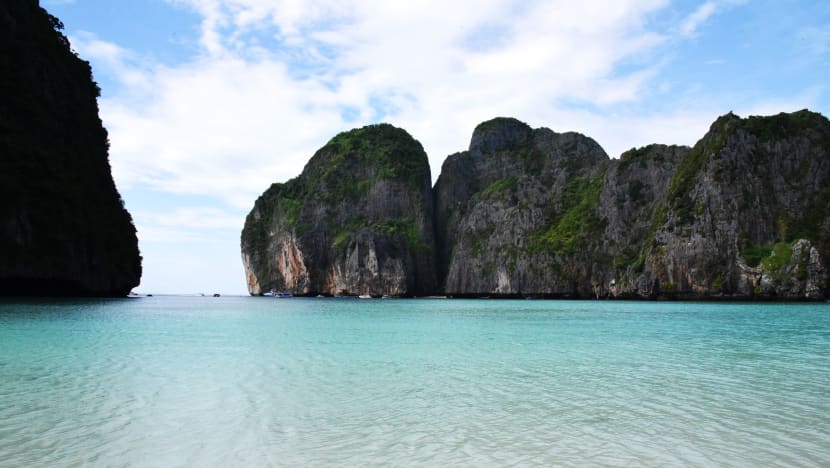
According to the Tourism Authority of Thailand, more than 1.46 million visitors last year were Indians and more than half of them travelled to Thailand for the first time. The most popular destination was Bangkok, followed by Chonburi and Phuket.
During their stay in the country, this group of tourists spent more than US$480 million on shopping and US$732 million on activities such as dining, spa, beach holidays and night entertainment.
“The Chinese are still the biggest contributor to our economy but their market growth has gone up slightly this year. Meanwhile, the Indian market is expanding very quickly. It should be one of the top 5 or 6 biggest contributors in 2019 because it’s really booming,” Bhummikitti said.
According to the president of the Phuket Tourism Association, Phuket will be able to offer more products and services that exclusively cater to the growing Indian market in the near future.
“Our job is to make airlines fly directly to Phuket as long as possible in order to boost the market. Otherwise, it’d be hard for us.”














